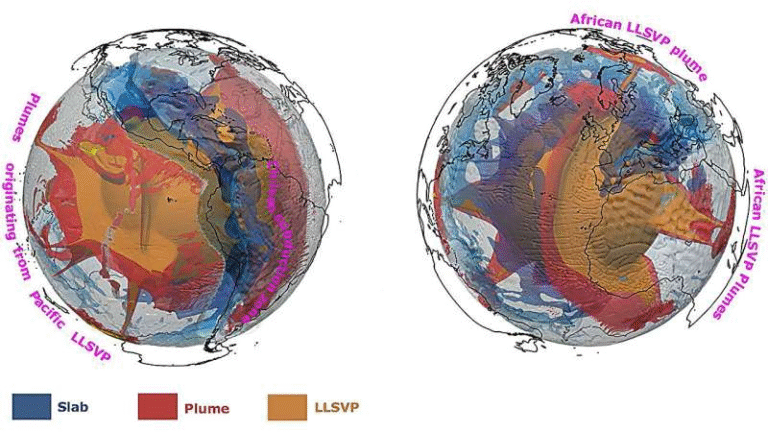California Water Prices Spike in Drought Years as New Research Shows Surface Water Costs Can Triple

California’s water supply has always been shaped by dramatic climatic swings, but a new economic study from the University of California, Davis provides some eye-opening numbers that underline just how intense those swings can be for water users. The research, published in Nature Sustainability, shows that the price of surface water shoots up by about $487 per acre-foot during drought years, which is more than three times higher than in years with normal or above-average rainfall. This finding highlights how vulnerable California’s water markets are to shifts in precipitation—and how urgently the state needs smarter water management strategies.
The study analyzed water transaction data from 2010 to 2022, a period marked by severe droughts and unusually wet seasons. One of the most striking results is that while surface water prices behaved like a roller coaster—soaring during dry periods and falling sharply in wet years—groundwater prices stayed surprisingly stable throughout. This consistency suggests that groundwater may be a crucial stabilizing force when surface supplies become scarce.
At the same time, California has enormous unused potential when it comes to groundwater storage. Groundwater basins across the state hold eight to twelve times more water than all of the state’s reservoirs combined. Yet, despite this immense natural storage system, groundwater is not widely used to store excess surface water during wet years. This is where the study’s policy message becomes clear: better coordination between surface water and groundwater could keep water prices steadier and strengthen resilience against climate-driven extremes.
Why Surface Water Prices Are So Volatile
Surface water—meaning water from rivers, lakes, and reservoirs—is heavily influenced by annual precipitation. During droughts, when rivers run lower and reservoirs shrink, demand skyrockets and availability drops. The study’s data shows that this imbalance pushes prices into steep territory, with the $487 per acre-foot increase representing a substantial burden on farmers, cities, and water agencies. During wet years, when water is plentiful, prices dip to levels far below this drought premium.
Groundwater prices, however, did not show the same sensitivity to changing weather patterns. While this stability seems like good news, it also hints at a missed opportunity: California is not recharging its groundwater basins nearly as much as it could. If excess surface water were intentionally stored underground during wet periods, these aquifers could serve as a buffer during drought, reducing pressure on rivers and reservoirs and keeping market prices more consistent.
Storage Limitations and the High Cost of New Reservoirs
The researchers emphasize that increasing storage capacity is essential for dealing with climate variability, but there’s a catch. Expanding surface water storage—through building new reservoirs, enlarging dams, or dredging sediment—comes with high environmental, fiscal, and social costs. On top of that, new surface storage often provides only marginal or short-term increases, especially in a climate that swings so drastically between flooding and drought.
Groundwater storage, on the other hand, offers a much larger and more flexible space. Because groundwater basins already exist and have enormous capacity, they present a far more scalable option for long-term climate adaptation, provided they are managed responsibly.
The Legal Roadblocks Slowing Down Integrated Water Management
One major barrier to using groundwater and surface water together is California’s complicated water rights system. Surface water rights operate under a seniority model: those who have held rights the longest have first access during shortages. Groundwater rights, however, are far less structured. Except in adjudicated basins—where courts have intervened to formalize who can pump how much—most groundwater use lacks explicit legal boundaries.
This disconnect makes it difficult for water agencies to coordinate surface and groundwater resources. Without clear rules, it’s hard to plan long-term recharge projects or determine how much groundwater can be pumped during drought years without risking overuse.
However, California’s Sustainable Groundwater Management Act (SGMA) is slowly changing this picture. Passed in 2014, SGMA requires groundwater basins to achieve sustainability by 2040, and many basins will need court involvement to settle rights and restrictions. As this transition unfolds, groundwater may gradually become more structured—and therefore easier to integrate with surface water systems.
What This Means for Farmers, Cities, and the Future of Water in California
For farmers, this study provides a quantitative confirmation of something they’ve long felt: dependence on surface water can be financially risky. When drought hits, prices spike, and securing enough water becomes a high-stakes challenge. Groundwater stability is a relief, but many basins are already stressed, meaning sustainable management is crucial.
Urban water agencies can also learn from this research. Cities that rely heavily on imported surface water may face severe price fluctuations as climate change intensifies drought cycles. Investing in groundwater recharge, recycled water, and diversified water portfolios can ease these impacts.
At the statewide level, the study serves as a call for smarter water management. California’s vast groundwater storage capacity is an incredible asset, but using it well requires legal clarity, infrastructure for recharge, and close coordination between state and local agencies. As precipitation swings become even more extreme in the coming decades, the state’s ability to blend surface and groundwater management will shape everything from agricultural output to the affordability of household water bills.
Extra Context: Understanding Surface Water and Groundwater Systems
How Surface Water Works
Surface water is the water we see above ground—rivers, lakes, streams, and reservoirs. It is:
- Highly dependent on yearly rainfall
- Vulnerable to evaporation
- Easily affected by snowpack levels and storm frequency
- Controlled largely by seniority-based water rights
During drought years, reduced supply and constant demand cause rapid price increases.
How Groundwater Works
Groundwater is held in underground aquifers. It is:
- Less directly affected by short-term rainfall swings
- Slow to recharge naturally
- Often out of sight and harder to monitor
- Enormously abundant in storage capacity compared to surface reservoirs
Because groundwater changes more gradually, prices stay steadier. But if pumping exceeds recharge, aquifers can decline, leading to sinking land and long-term ecological issues.
Why California’s Climate Makes Water Management Difficult
California experiences atmospheric rivers, snow-dominated water cycles, and long dry spells. This creates:
- Years with severe flooding followed by deep drought
- Huge volumes of runoff during storms, much of which flows to the ocean unused
- A mismatch between when water is available and when it is needed
This climate reality is exactly why underground storage—where water can be held without evaporating—is becoming increasingly important.
Research Paper Link
Price sensitivity to precipitation and water storage in California
https://doi.org/10.1038/s41893-025-01659-w





